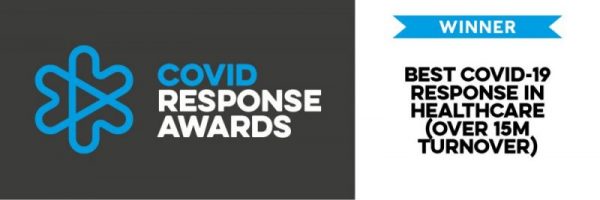Share
When can I begin exercising after having a baby?
What are the dos and don’ts when it comes to post-natal exercise?
Sarah Crosby, our Women’s Health Specialist Physiotherapist explains the numerous benefits of exercise and offers helpful tips to enable you to return to fitness and healthily begin to get your body back. Sarah is passionate about post-natal ‘health and wellbeing’ and educating women on post-natal recovery.
There are a wealth of benefits from exercise:
Look to see if there are any post natal exercise classes in your area, they are a great way to meet other mums whilst doing some exercise.
After pregnancy, some women may get a separation of their abdominal muscles (rectus diastasis). When performing abdominal exercises watch out for any doming of the upper abdominal region. If this occurs, stop doing the exercise.
You can begin some gentle walking when you feel able. It is sensible to begin by gradually increasing walking and never push into pain. Swimming is another great cardio exercise to begin with; you can start to swim seven days after you are clear from vaginal bleeding.
From 6 weeks, you can start to increase the cardiovascular exercise. It is a good idea to see a Women’s Health Physiotherapist for a post-natal assessment. They will check your abdominal, pelvic floor and a range of other muscles to advise you if there are any areas you need to strengthen.
It is vital to ensure you have excellent pelvic floor control before you begin running to avoid any injuries or pelvic floor problems.
Remember not to overdo it after your pregnancy. Listen to your body, nourish your body, pace yourself and give yourself plenty of rest.
If you have any concerns with getting back to exercise such as experiencing pelvic pain, incontinence, a sensation of pelvic organ prolapse or any other joint pain then see your GP or a Women’s Health Physiotherapist for further advice.
Article first published on Elvie.com 12 January 2018
Contact Us for further information, if you would like to speak to Sarah Crosby or book an appointment.
Related News
Vita is an award-winning, CQC registered healthcare provider














